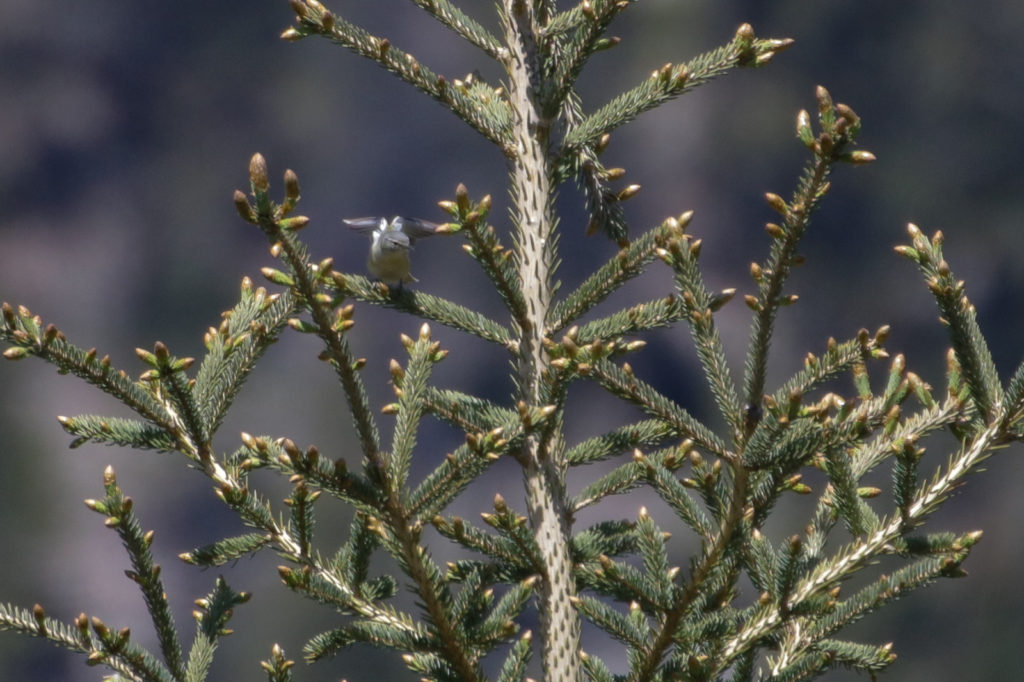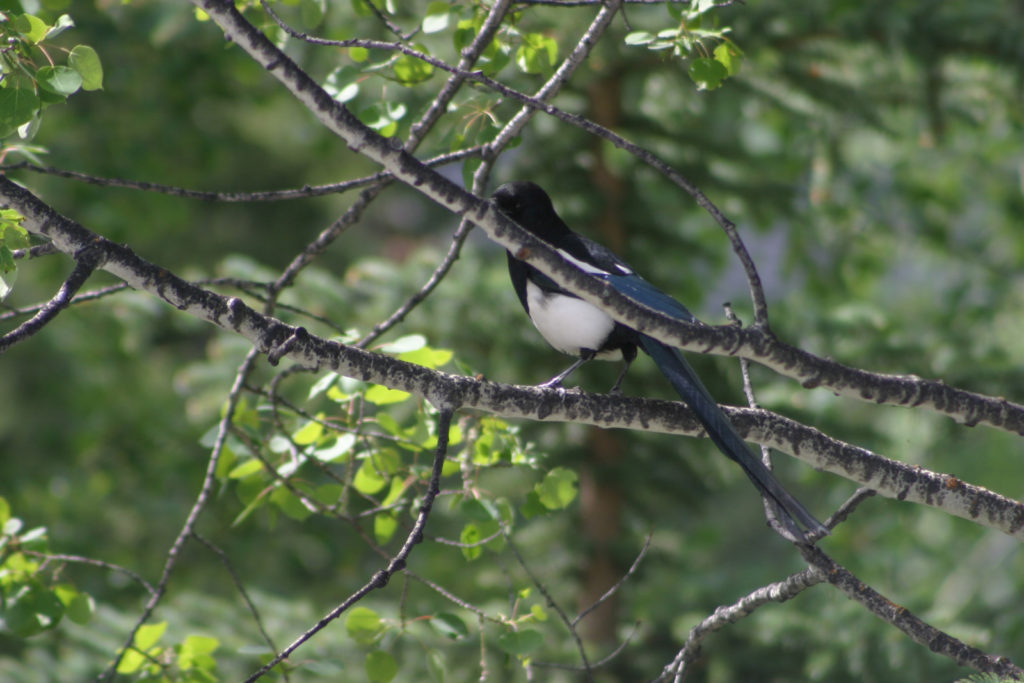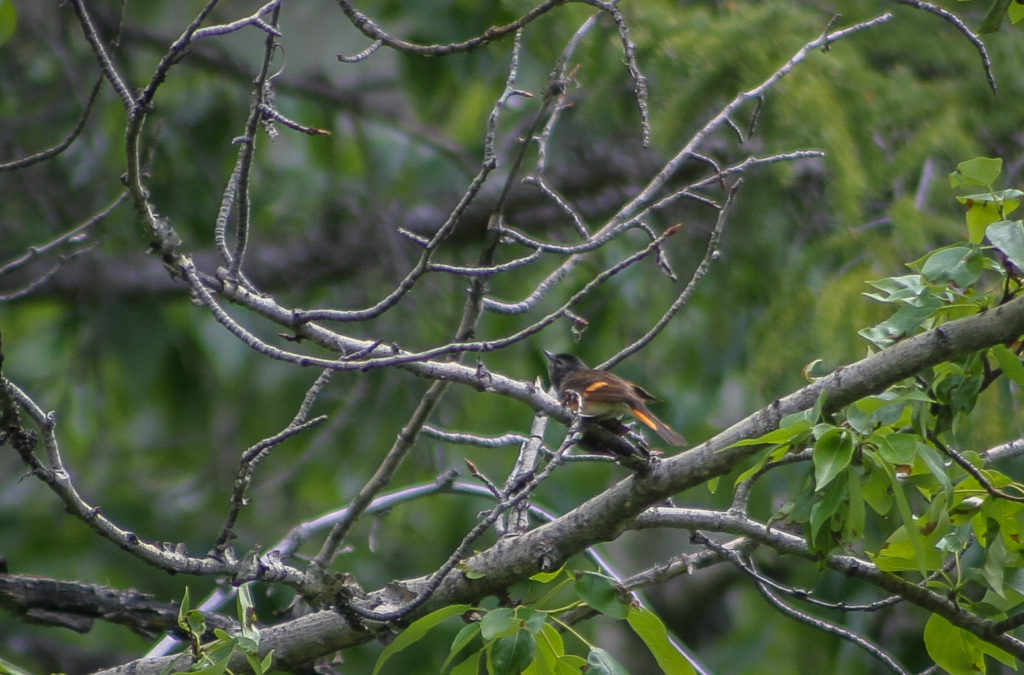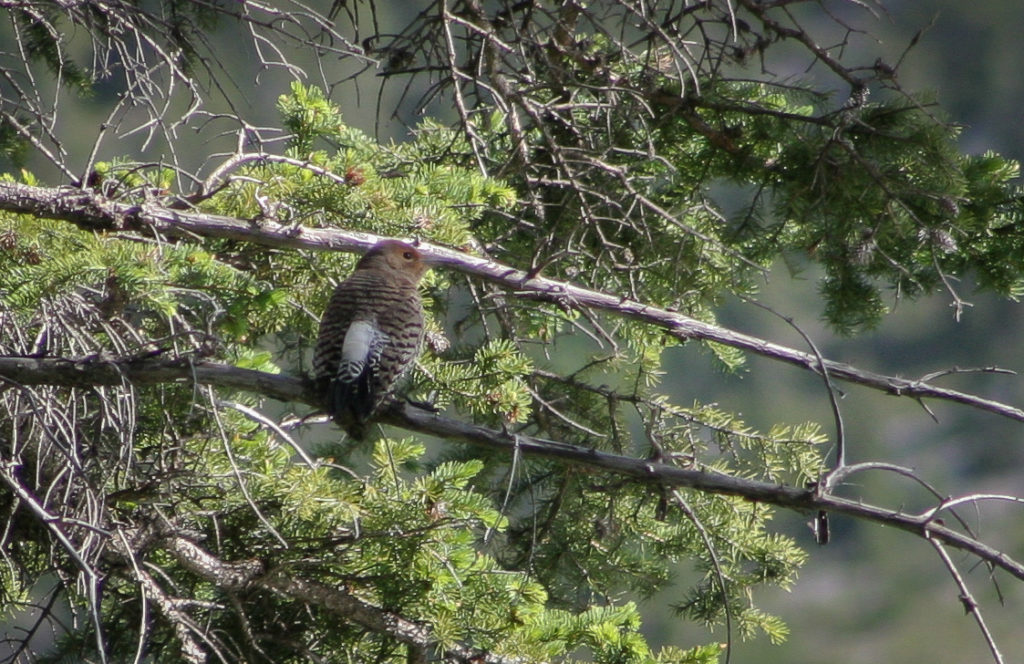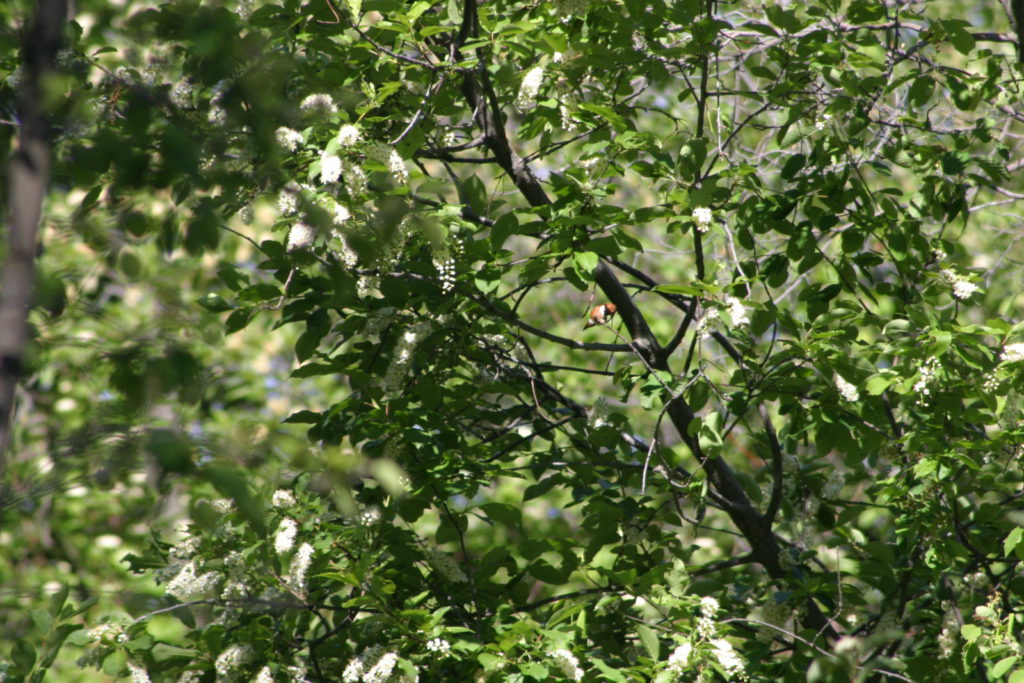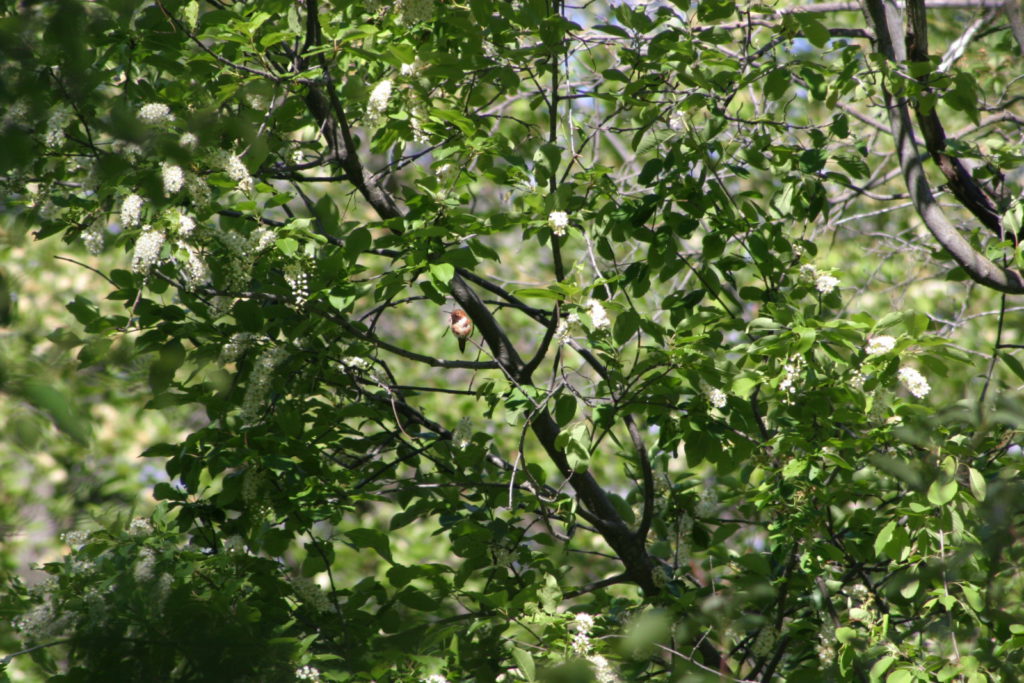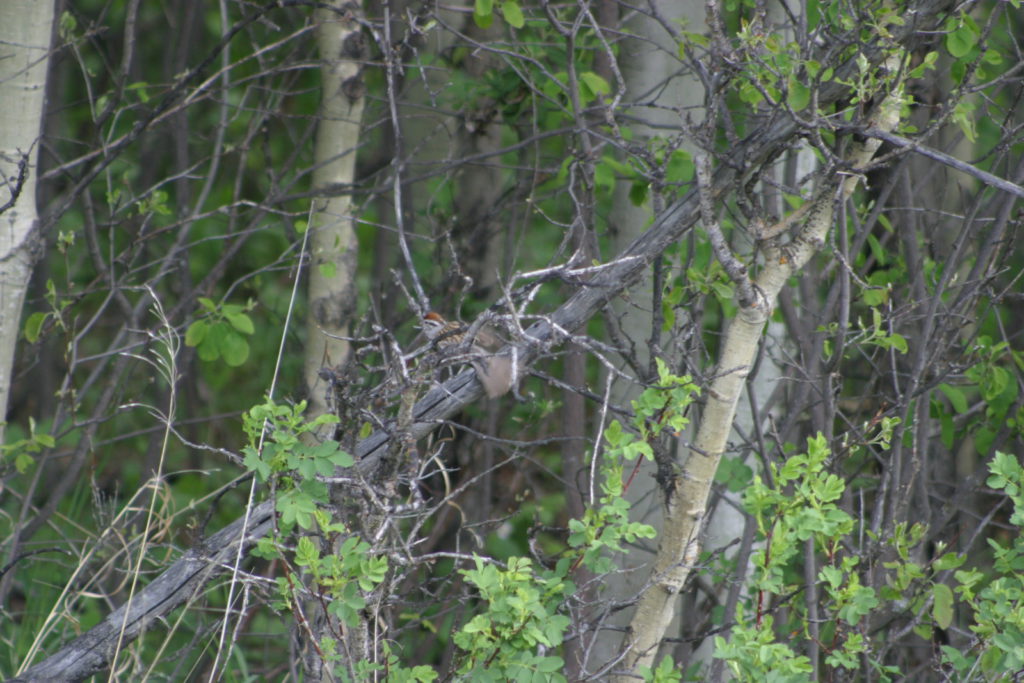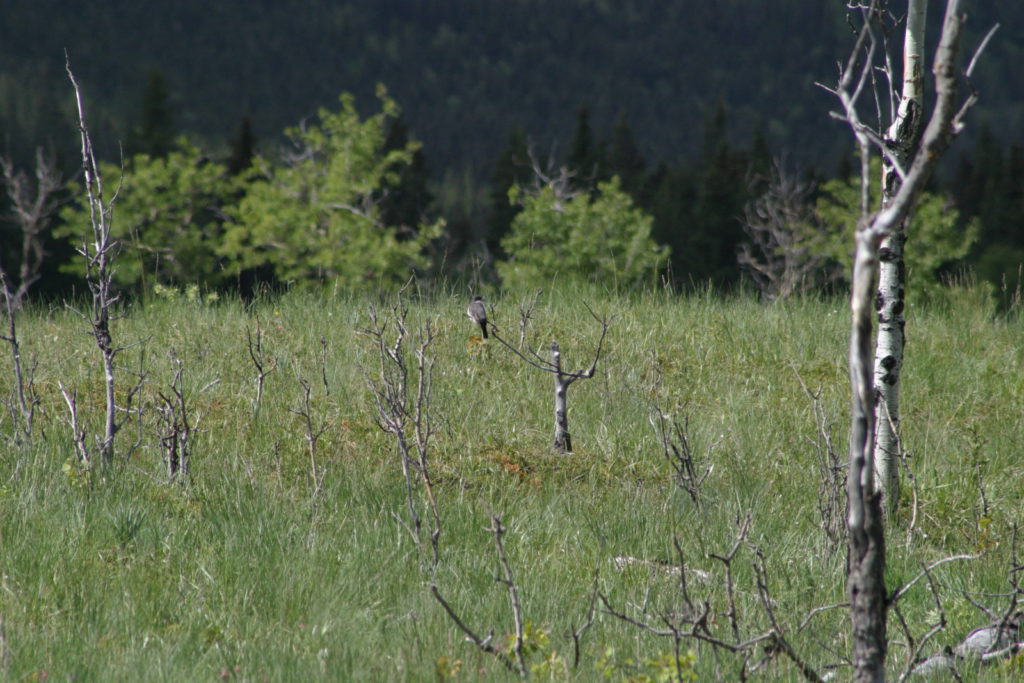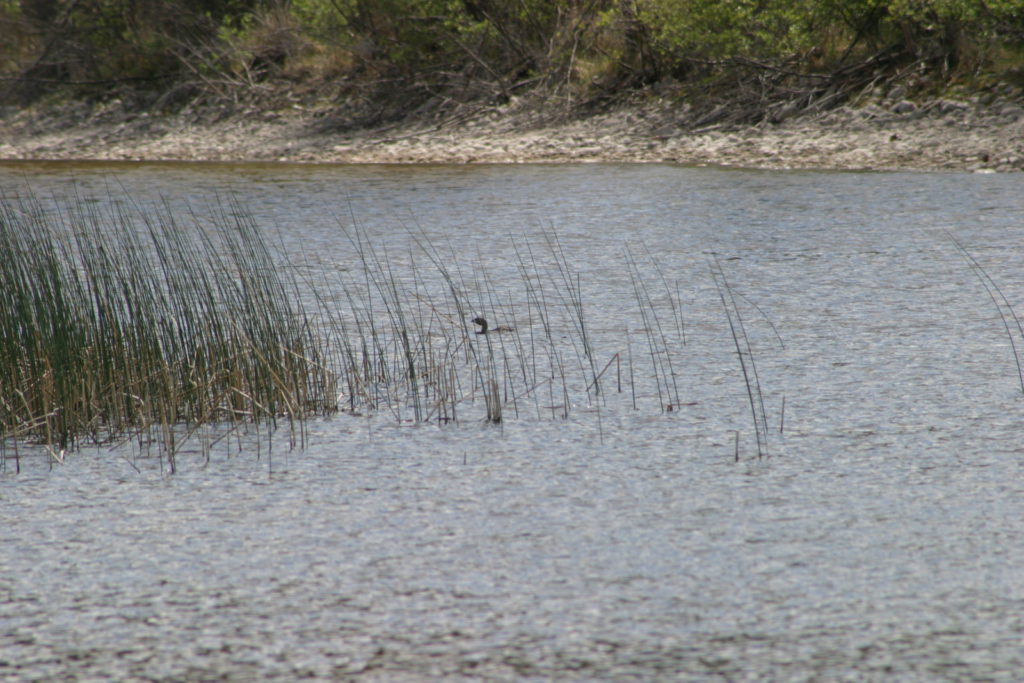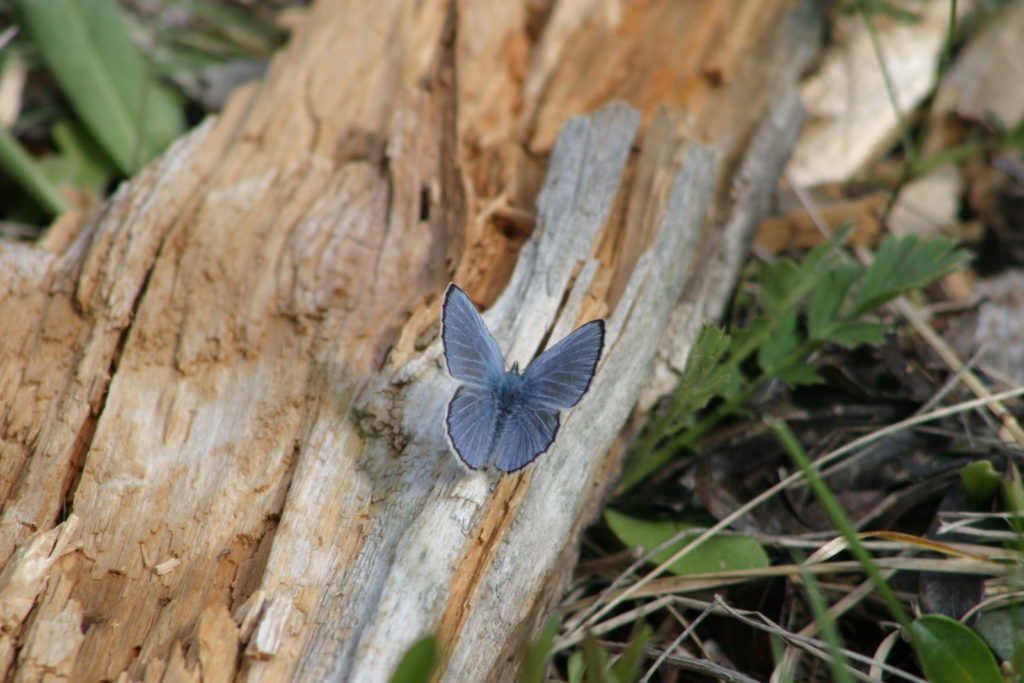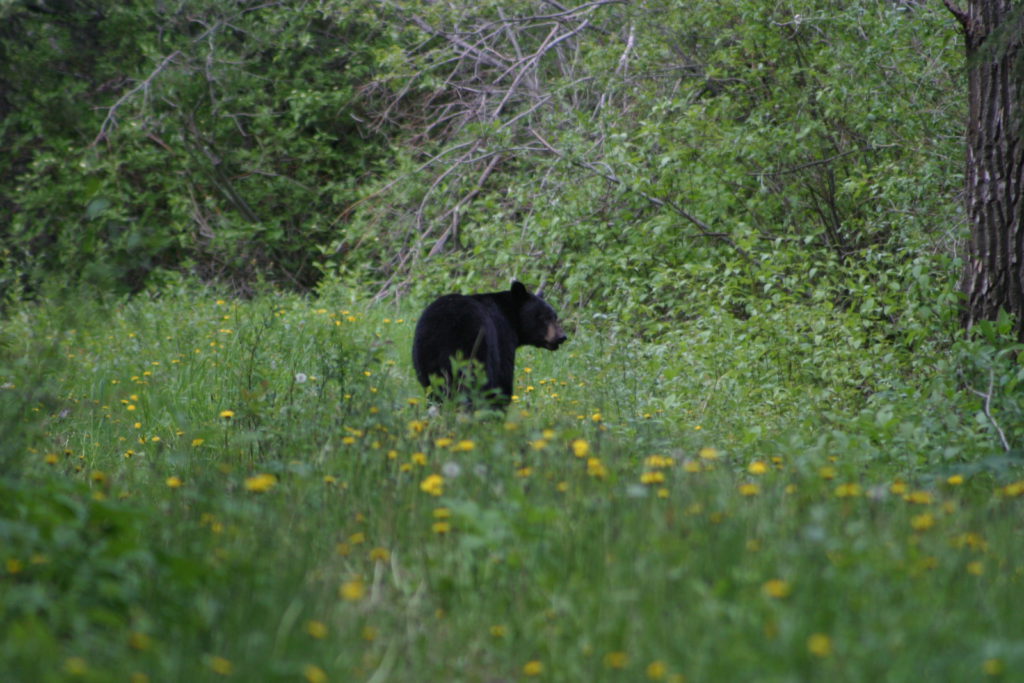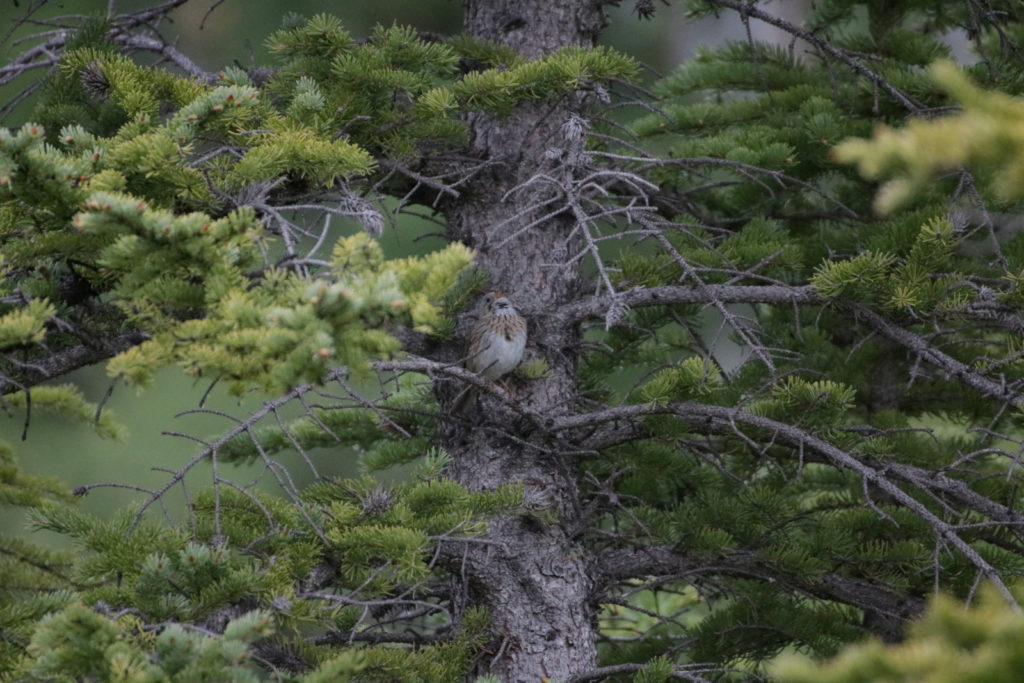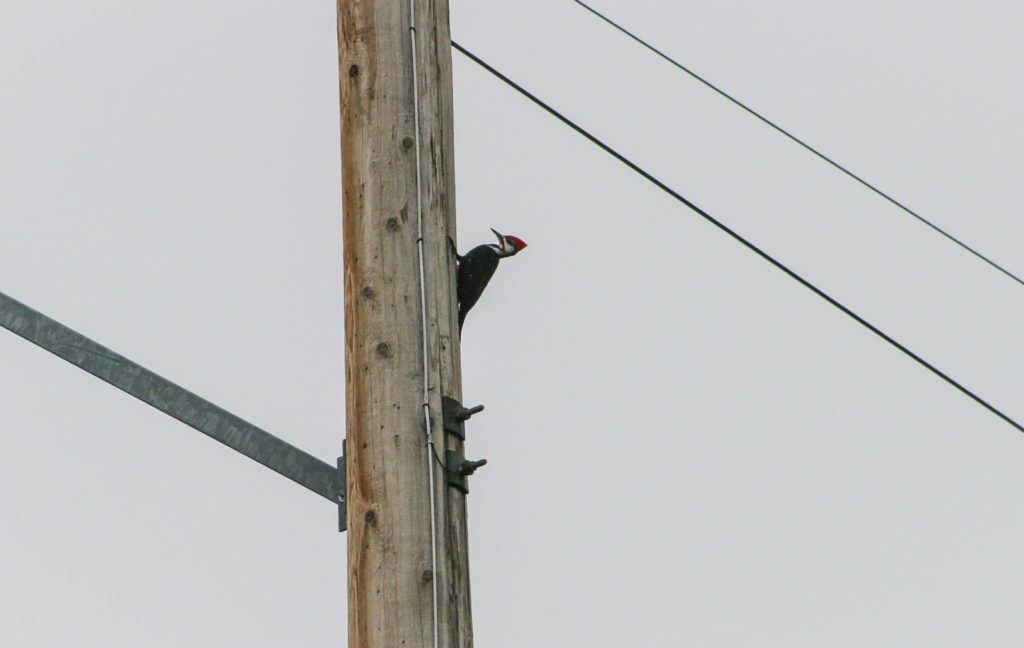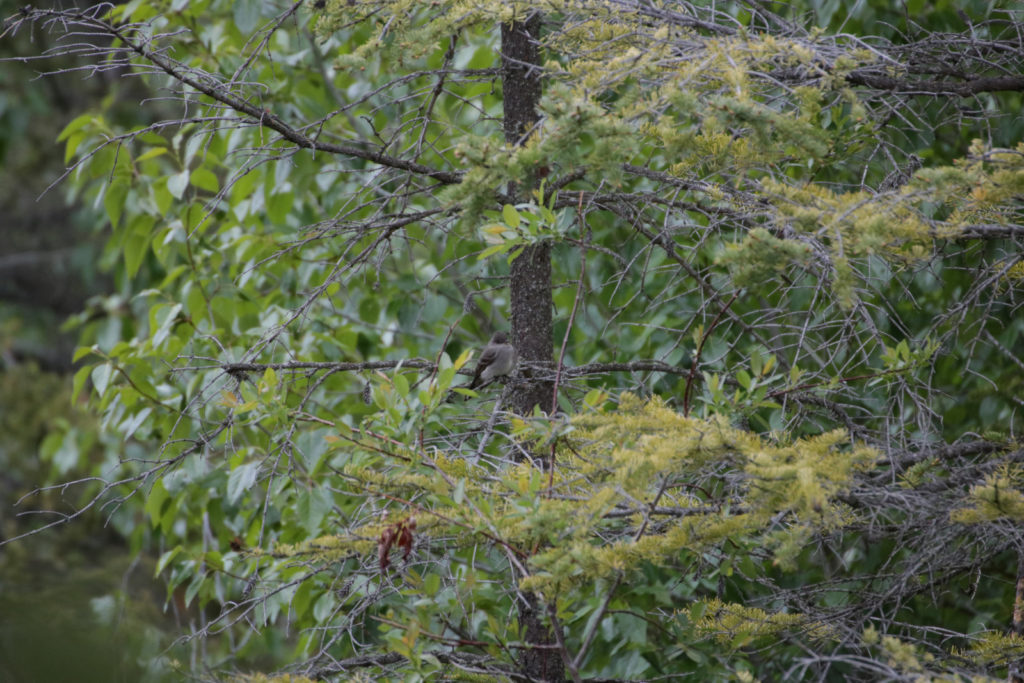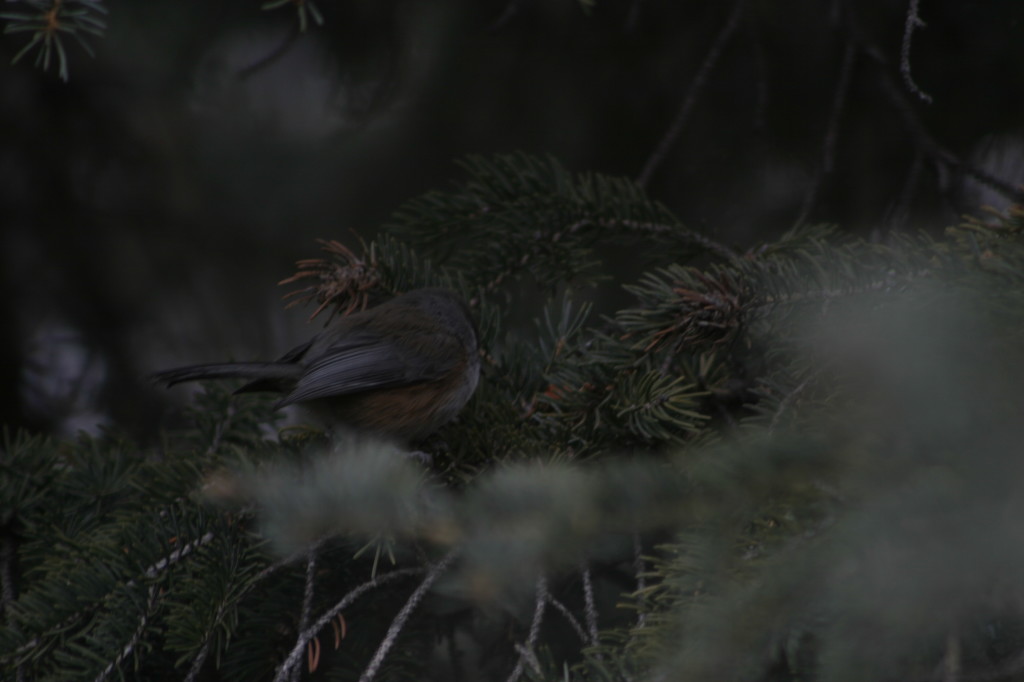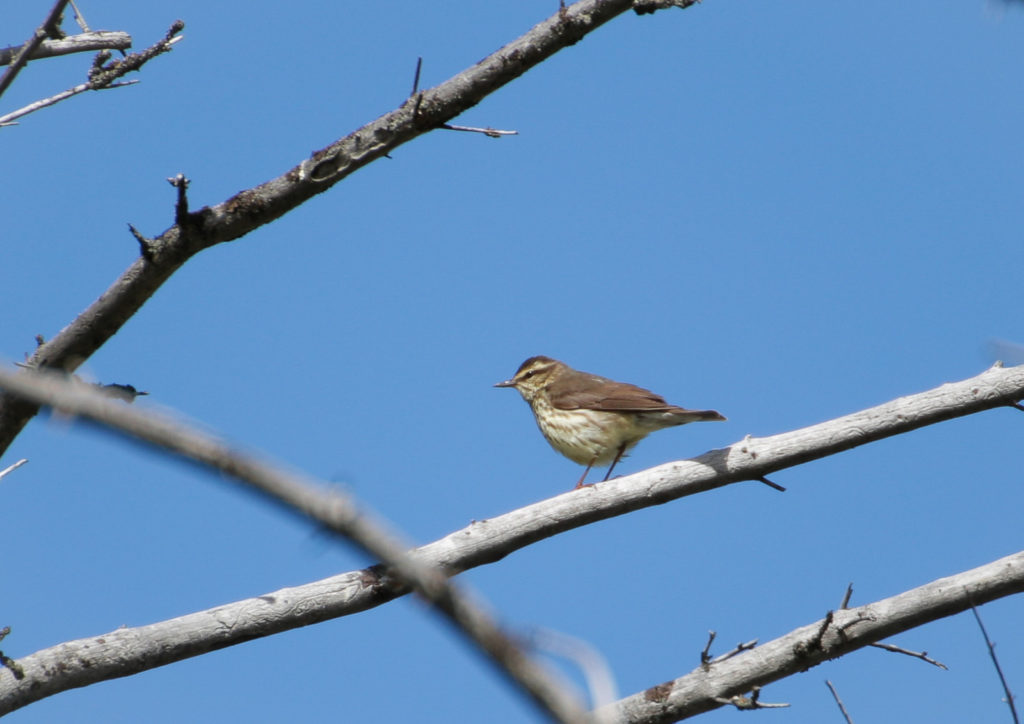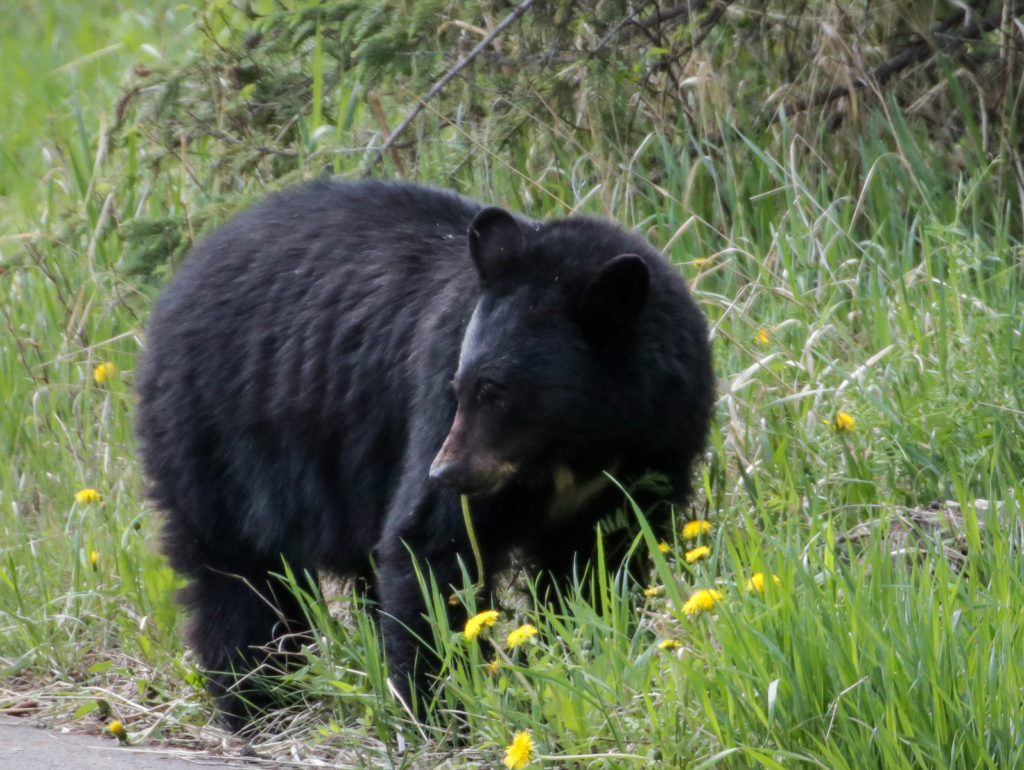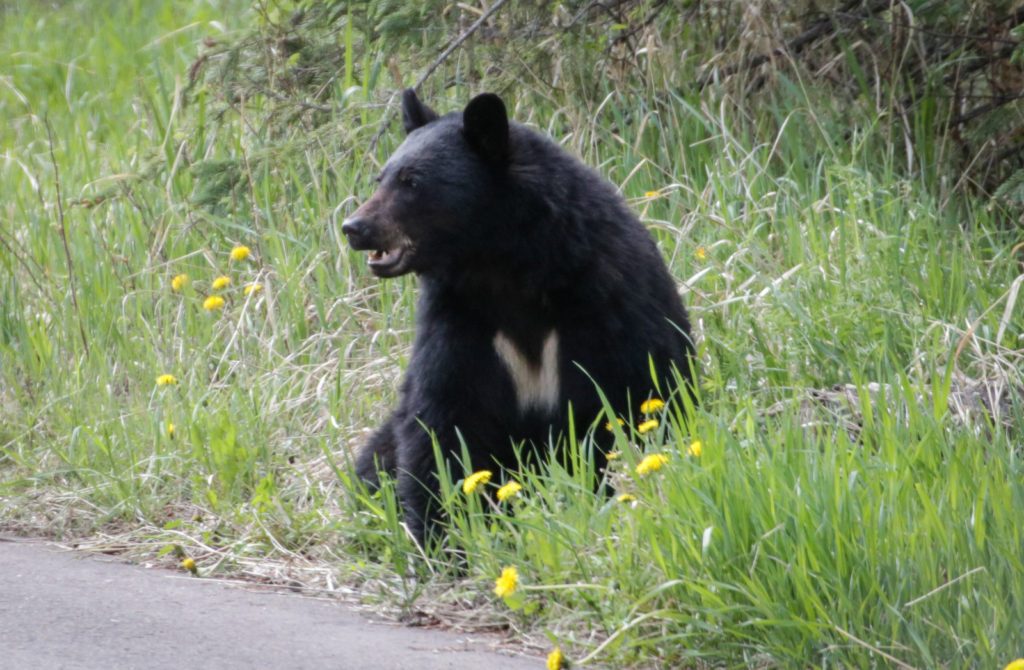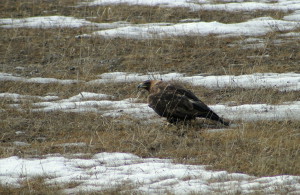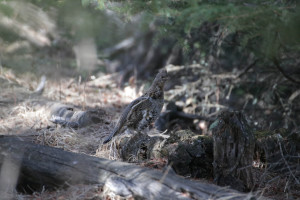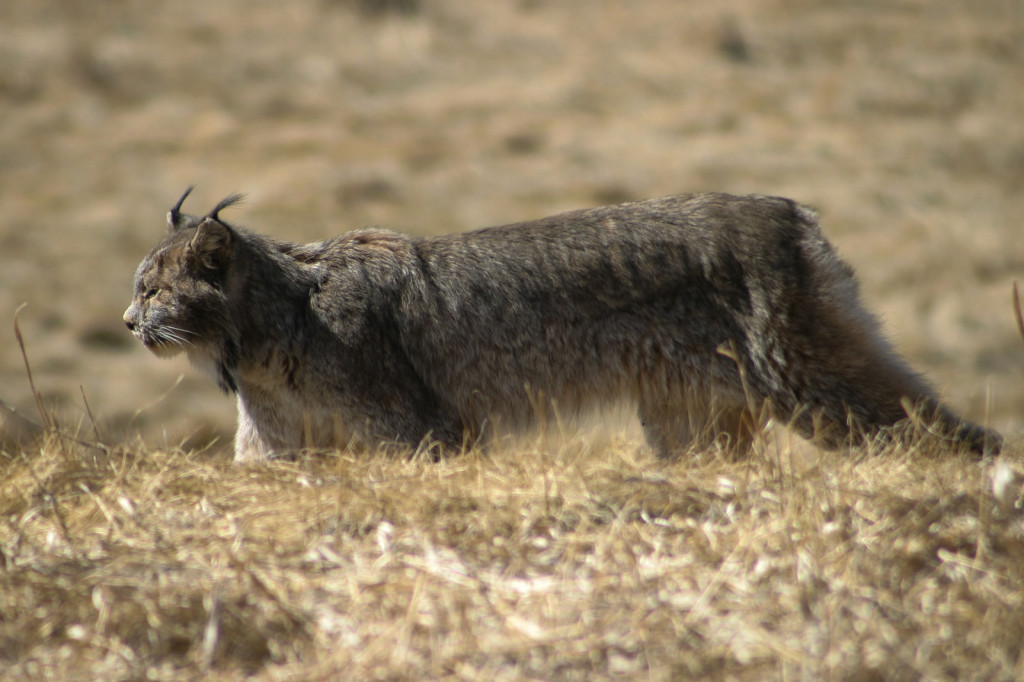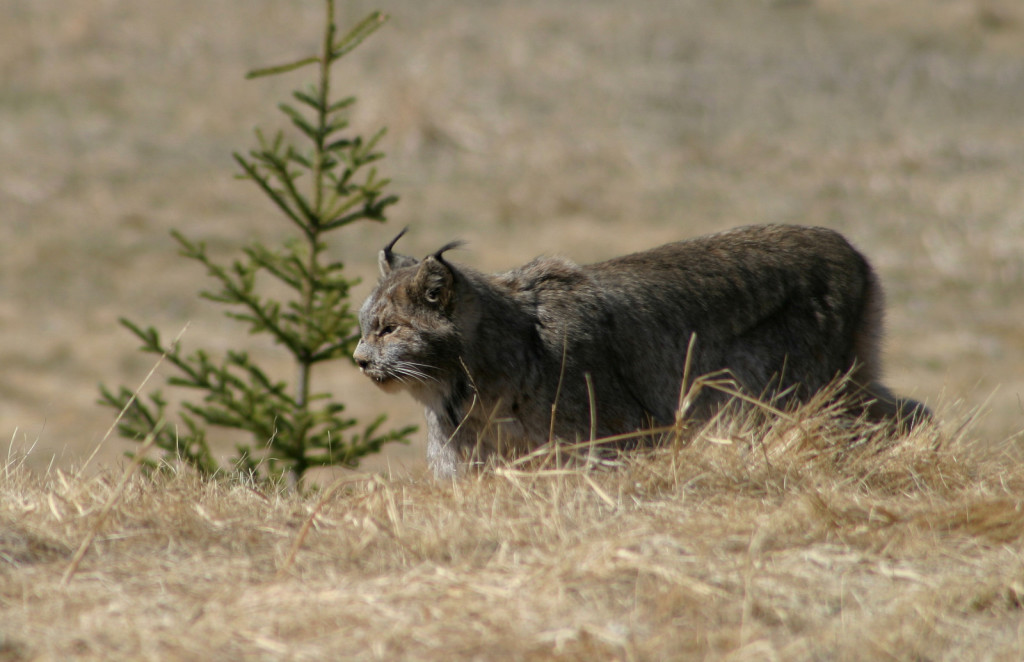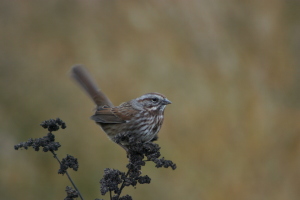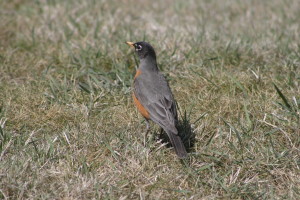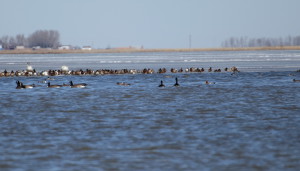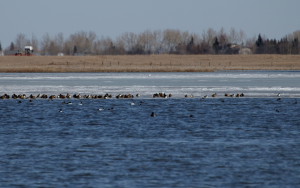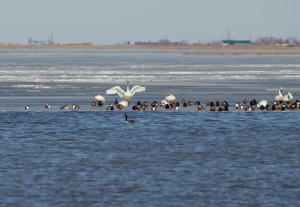Every year, a bird search is conducted on the Livingstone Ranch Golf Course. This isn’t a legal requirement, but apparently the golf course is “Audubon Certified” if we do it. We went out, with the courses permission last Saturday, June 4th.
My Dad complained good-heartedly about getting up at 4:30 a.m. – don’t ask me why. It was a pleasant morning, still an hour to sunrise, but we could see quite well. Upon meeting the Calgary part of our group (everybody but us), we learned that they had seen a Grizzly in the middle of a field with two Coyotes. What’s with that, I wonder? We birded the area around the gates until we were let in by a man working on the golf course.
We found an American Kestrel, a Yellow Warbler and some Swallows around the gates.
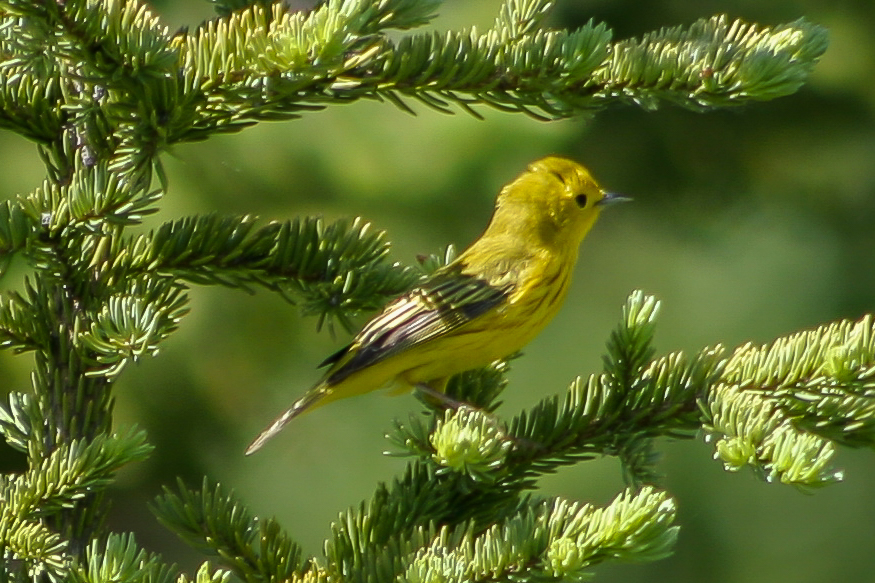
We split up into two groups, one to go on the more plentiful north side of the course, and one for the south.
My Dad an I ended up going down the south side, but we started by walking along the ridge that formed a natural barrier between the two sides. Tossing down the occasional golf ball, we listned and watched, but there was not much around. A House Wren burbled ahead, and a pair of Grey Jays burst out from the tree-tops.
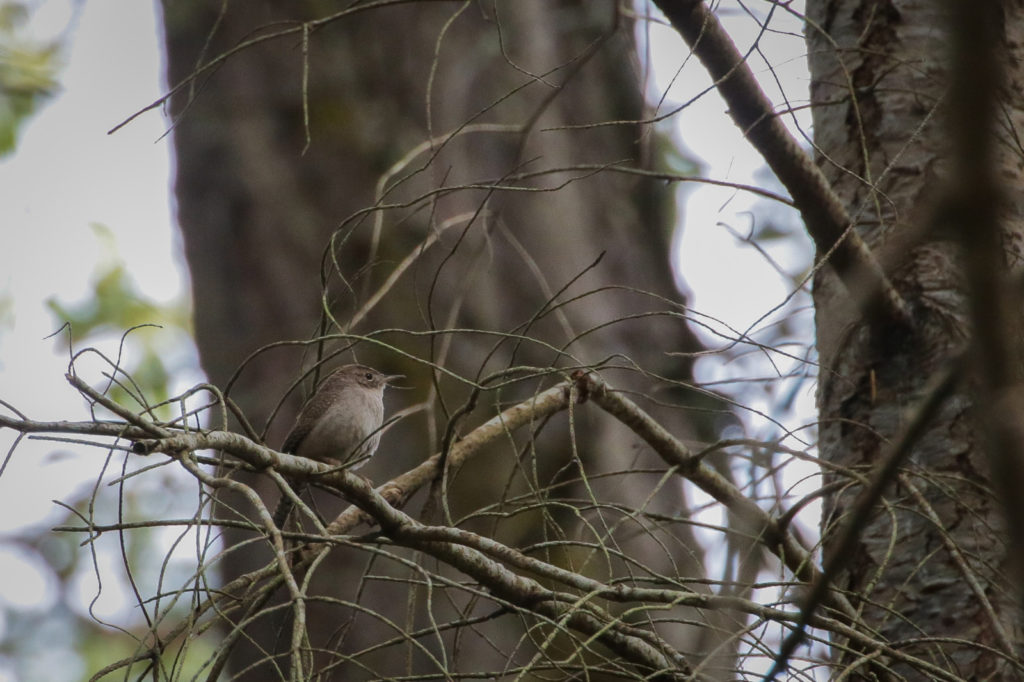
We stood for a time near a Sapsucker’s nest hole. We had seen a young bird, but it was fully fledged and did not come back while we watched. At the end of the ridge, we met a Red-tailed Hawk and a dozen Clay-colored Sparrows. Continuing into a small grove of trees, the leader of our group unknowingly flushed a Ruffed Grouse. He hadn’t even realized until I pointed it out.
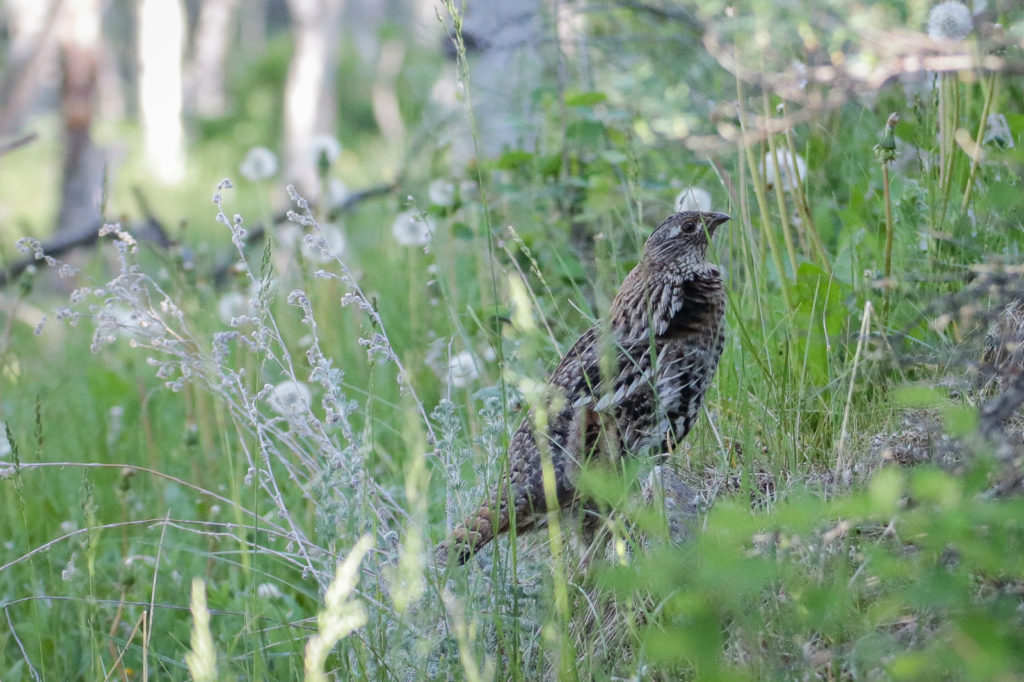
The grouse strutted around imperiously, and for a minute it looked as though it might drum, but no luck.
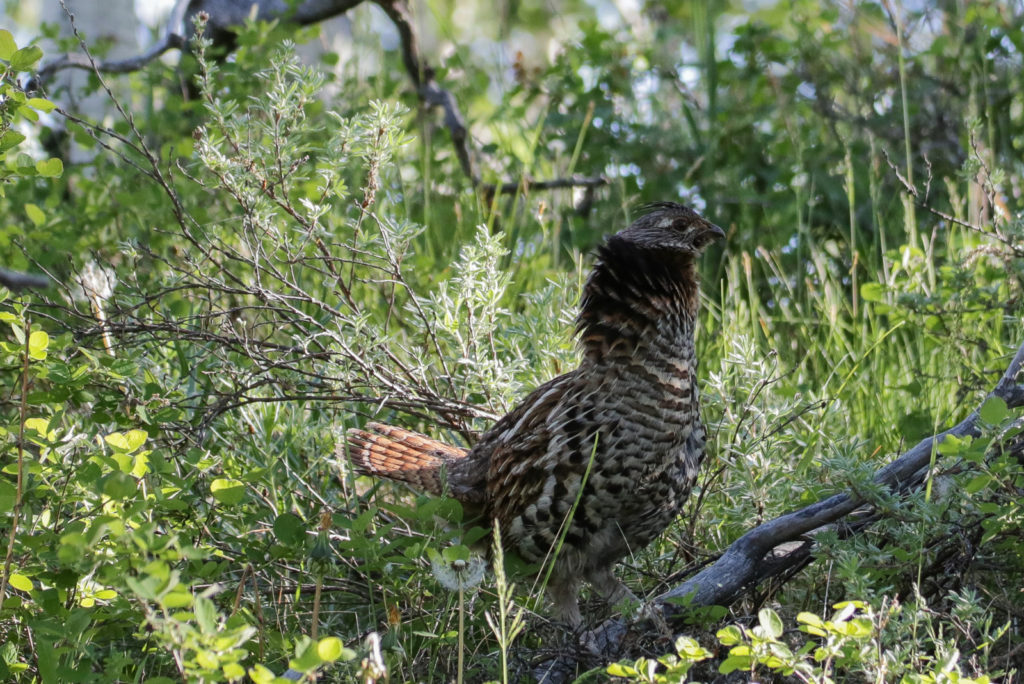
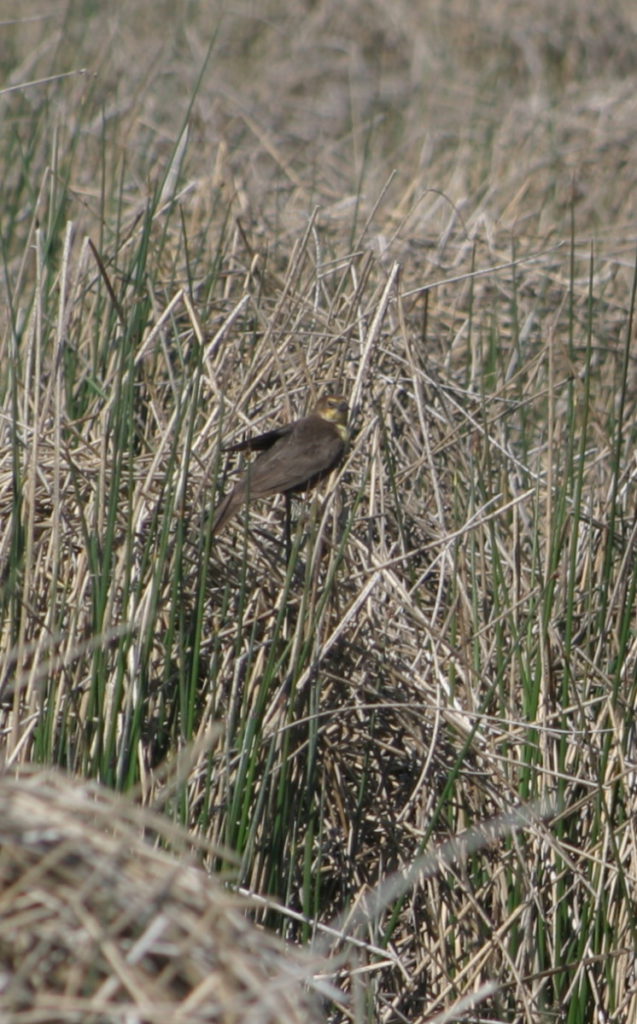
An unexpected sighting came next. There are usually plenty of Red-winged Blackbirds around the course, but Yellow-headed? Not often. When a dozen females flew over, we were surprised, but when 20 males followed hot on their tails, we were excited. 30 Yellow-heads was the most unusual sighting so far.
At the back end of the Golf Course’s property, we found a pair of White-crowned Sparrows, some Savanah Sparrows, and a Wilson’s Snipe on top of a tree.
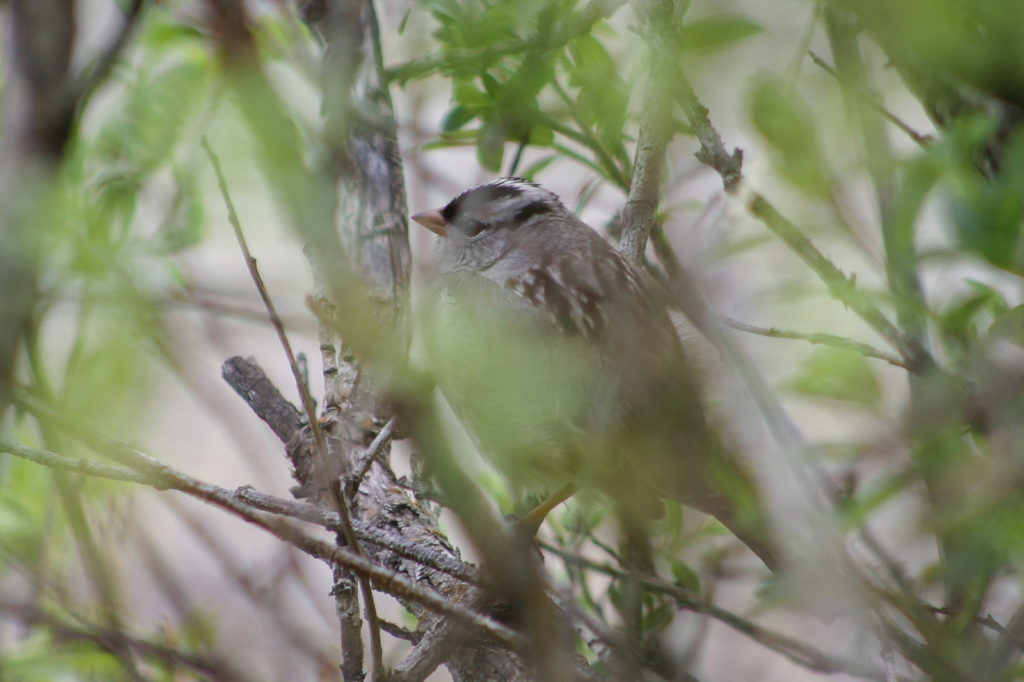
It was only 8:00 AM by now, so I will write about the rest of the morning later, to keep it kind of
short. So expect a sequal in short order!
